African American Folk Arts as a Means to Heal Inter-Generational Trauma
 African American folk arts and traditions have played a vital role in shaping the cultural landscape of the United States. These practices, which include music, quilting, storytelling, and various forms of craftsmanship, have served as powerful means of expression, community-building, and resilience in the face of centuries of oppression, trauma, and displacement. By tracing the roots of these traditions back to Africa and exploring their evolution and adaptation in the context of American slavery and segregation, we can gain a deeper understanding of how African Americans have used creativity and cultural expression to assert their humanity, resist dehumanization, and maintain a sense of connection to their ancestral heritage.
African American folk arts and traditions have played a vital role in shaping the cultural landscape of the United States. These practices, which include music, quilting, storytelling, and various forms of craftsmanship, have served as powerful means of expression, community-building, and resilience in the face of centuries of oppression, trauma, and displacement. By tracing the roots of these traditions back to Africa and exploring their evolution and adaptation in the context of American slavery and segregation, we can gain a deeper understanding of how African Americans have used creativity and cultural expression to assert their humanity, resist dehumanization, and maintain a sense of connection to their ancestral heritage.
A Jungian Perspective on Folk Arts:
James Hillman, a prominent American psychologist and the founder of archetypal psychology, offers valuable insights into the significance of folk culture and myth in the African American experience. Hillman’s work emphasizes the importance of understanding the deep psychological and spiritual roots of cultural traditions and their role in shaping individual and collective identity.
In his book “The Soul’s Code: In Search of Character and Calling,” Hillman explores the concept of the “acorn theory,” which posits that each individual is born with a unique essence or calling that seeks to be fulfilled throughout their life. He argues that this essence is often expressed through cultural myths, stories, and traditions that provide a framework for understanding one’s place in the world and navigating life’s challenges.
Hillman’s ideas are particularly relevant to the study of African American folk culture, which is deeply rooted in African spiritual and cultural traditions that were adapted and transformed in the context of slavery and oppression. He suggests that these traditions, such as music, storytelling, and craftsmanship, serve as powerful means of preserving cultural identity, fostering resilience, and resisting dehumanization.
In his essay “The Myth of Analysis: Three Essays in Archetypal Psychology,” Hillman emphasizes the importance of embracing and engaging with cultural myths and archetypes as a means of psychological growth and self-discovery. He argues that by connecting with the archetypal themes and figures present in African American folk culture, such as the trickster archetype embodied by Anansi and Brer Rabbit, individuals can tap into a deep source of wisdom, creativity, and resilience.
Hillman’s work also highlights the therapeutic and transformative power of engaging with folk traditions and myths. He suggests that by participating in cultural practices like music, dance, and storytelling, individuals can access a sense of meaning, belonging, and transcendence that can help them cope with the traumas of racism, oppression, and displacement.
Furthermore, Hillman’s archetypal psychology encourages a renewed appreciation for the diversity and richness of African American folk culture. By recognizing the psychological and spiritual depth of these traditions, we can move beyond superficial or stereotypical understandings and engage with them as vital sources of wisdom, resilience, and cultural pride.

Music and Quilting: Healing Trauma through Creative Expression
Two of the most significant and enduring African American folk traditions are music and quilting. Both of these practices have served as vital means of processing and healing from the traumas of slavery, racism, and oppression. African American music, which encompasses spirituals, blues, jazz, gospel, and hip-hop, among other genres, has its roots in the musical traditions of West Africa, where music was an integral part of daily life, religious ceremonies, and storytelling. During slavery, music became a way for enslaved Africans to express their sorrow, pain, and yearning for freedom, as well as to communicate coded messages of resistance and escape.
Similarly, quilting emerged as a practical necessity for enslaved African Americans, who were tasked with creating bedding and clothing for themselves and their enslavers. However, quilting quickly became much more than a utilitarian task; it evolved into a means of artistic expression, cultural transmission, and community bonding. The quilts of Gee’s Bend, Alabama, are a prime example of how African American women have used quilting to assert their creativity, agency, and resilience in the face of poverty and oppression. By piecing together scraps of fabric into bold, improvisational designs, these quilters not only created functional objects but also powerful works of art that celebrated their heritage and showcased their enduring spirit.
Both music and quilting have also served as means of healing from the traumas of racism and violence. The act of creating and sharing music or quilts in community provides a sense of catharsis, solidarity, and empowerment that can help individuals and communities cope with pain and adversity. Through these practices, African Americans have been able to express their emotions, tell their stories, and affirm their humanity in a society that has long sought to deny them these basic rights.
Bottle Trees and Haint Blue: Spiritual Practices and Protection African
American folk traditions also encompass a rich array of spiritual practices and beliefs that have their roots in African cosmology and have been adapted to the realities of life in the American South. One such tradition is the use of bottle trees, a practice that originated in the Congo region of Africa and was brought to the United States by enslaved Africans. According to Congolese tradition, bottles placed on trees or fences could trap evil spirits, preventing them from entering homes or harming individuals. In the American South, this practice took on new meanings and forms, with blue bottles becoming particularly associated with protection against “haints,” or malevolent spirits.
Another related tradition is the use of “haint blue” paint on porch ceilings and window frames. This pale, ethereal blue color is believed to ward off evil spirits and protect the home. The origins of this practice can be traced back to various West African cultures, where blue pigments were associated with spiritual power and protection. By incorporating these practices into their homes and communities, African Americans in the South were able to maintain a sense of spiritual connection to their African heritage while also adapting to the challenges and dangers of life under slavery and segregation.
Anansi and Brer Rabbit: Trickster Tales and Resistance
African American storytelling traditions are another rich source of cultural resilience and resistance. One of the most prominent figures in these traditions is the trickster, a clever and subversive character who uses wit, cunning, and humor to overcome adversity and challenge authority. In West African folklore, the trickster is often embodied by Anansi, the spider-man god who is known for his ability to outsmart stronger opponents and turn the tables on his oppressors. When enslaved Africans were brought to the Americas, they brought the Anansi stories with them, adapting them to their new context and creating new trickster figures like Brer Rabbit.
Brer Rabbit, who appears in numerous African American folktales and in Joel Chandler Harris’s “Uncle Remus” stories, is a direct descendant of Anansi. Like his African predecessor, Brer Rabbit uses his intelligence, cunning, and trickery to outsmart larger and more powerful animals, such as Brer Fox and Brer Bear. These stories served as a means of cultural transmission, entertainment, and moral education for African American communities, but they also functioned as coded narratives of resistance and survival. By celebrating the triumph of the weak over the strong and the oppressed over the oppressor, trickster tales like those of Anansi and Brer Rabbit provided a subversive counter-narrative to the dominant ideology of white supremacy and a model for how African Americans could resist and overcome their own oppression.
Folk Songs and Rhythms: Adapting African Traditions
African American music is deeply rooted in the musical traditions of West Africa, which were brought to the Americas by enslaved Africans and adapted to the new context of slavery and oppression. African musical traditions, which emphasized polyrhythms, call-and-response patterns, and improvisation, had a profound influence on the development of African American music, from spirituals and work songs to blues, jazz, and hip-hop.
Enslaved Africans brought with them a wide range of musical instruments, including drums, banjos, and fiddles, which they used to create new musical forms that blended African and European elements. However, due to the brutal conditions of slavery, many of these instruments were prohibited or restricted, forcing enslaved musicians to adapt their traditions to new realities. For example, in the absence of drums, enslaved Africans used their bodies as percussive instruments, creating complex rhythms through hand claps, foot stomps, and thigh slaps. They also incorporated everyday objects, such as washboards and spoons, into their musical performances, creating a distinctive sound that laid the foundation for later genres like blues and jazz.
African American folk songs, which include spirituals, work songs, and field hollers, also reflect the adaptation of African musical traditions to the realities of slavery and oppression. These songs often featured call-and-response patterns, improvisation, and coded lyrics that conveyed messages of resistance, hope, and solidarity. For example, spirituals like “Steal Away to Jesus” and “Go Down, Moses” used biblical imagery to express the desire for freedom and deliverance from bondage, while work songs like “John Henry” and “Take This Hammer” celebrated the strength and resilience of African American laborers in the face of exploitation and hardship.
African American folk arts and traditions, from music and quilting to storytelling and craftsmanship, have played a vital role in preserving cultural identity, fostering resilience, and resisting oppression. By tracing the roots of these traditions back to Africa and exploring their adaptation and evolution in the context of slavery and segregation, we can gain a deeper appreciation for the creativity, strength, and enduring spirit of African American communities.
Through practices like music and quilting, African Americans have been able to process and heal from the traumas of racism and violence, expressing their emotions, telling their stories, and affirming their humanity in the face of adversity. Spiritual traditions like bottle trees and haint blue have provided a sense of protection and connection to ancestral roots, while trickster tales like those of Anansi and Brer Rabbit have offered subversive counter-narratives to the dominant ideology of white supremacy.
As we continue to grapple with the ongoing legacy of racism and inequality in America, it is more important than ever to recognize and celebrate the power of African American folk arts and traditions. These practices not only testify to the resilience and creativity of African American communities but also offer valuable lessons and strategies for resistance, healing, and cultural preservation that are relevant to us all. By embracing and uplifting these traditions, we can work towards a more just, equitable, and culturally vibrant society that honors the diverse roots and experiences of all its members.
Birmingham Alabama Arts and Culture
African American Writing and Music
Bibliography
1. Baker, H. A. (1984). Blues, Ideology, and Afro-American Literature: A Vernacular Theory. University of Chicago Press.
2. Blassingame, J. W. (1979). The Slave Community: Plantation Life in the Antebellum South. Oxford University Press.
3. Brown, E. B. (1989). African-American Women’s Quilting: A Framework for Conceptualizing and Teaching African-American Women’s History. Signs, 14(4), 921-929.
4. Davis, A. Y. (1999). Blues Legacies and Black Feminism: Gertrude “Ma” Rainey, Bessie Smith, and Billie Holiday. Vintage Books.
5. Equiano, O. (1789). The Interesting Narrative of the Life of Olaudah Equiano, or Gustavus Vassa, the African. Self-published.
6. Floyd, S. A. (1995). The Power of Black Music: Interpreting Its History from Africa to the United States. Oxford University Press.
7. Gates, H. L. (1988). The Signifying Monkey: A Theory of African-American Literary Criticism. Oxford University Press.
8. Glave, E. J. (2014). Rooted in the Earth: Reclaiming the African American Environmental Heritage. Chicago Review Press.
9. Gundaker, G. (1998). Signs of Diaspora, Diaspora of Signs: Literacies, Creolization, and Vernacular Practice in African America. Oxford University Press.
10. Harris, J. C. (1880). Uncle Remus: His Songs and His Sayings. D. Appleton and Company.
11. Hurston, Z. N. (1935). Mules and Men. J. B. Lippincott Company.
12. Jones, A. C. (1993). Wade in the Water: The Wisdom of the Spirituals. Orbis Books.
13. Levine, L. W. (1977). Black Culture and Black Consciousness: Afro-American Folk Thought from Slavery to Freedom. Oxford University Press.
14. Marshall, K. W. (2012). Uplifting the Race Through Domesticity: Capitalism, African-American Migration, and the Household Economy in the Great Migration Era of 1916-1930. Feminist Economics, 18(3), 51-75.
15. Mbiti, J. S. (1990). African Religions and Philosophy. Heinemann.
16. Mead, M. (1964). Continuities in Cultural Evolution. Yale University Press.
17. Mintz, S. W., & Price, R. (1992). The Birth of African-American Culture: An Anthropological Perspective. Beacon Press.
18. Ochshorn, J. (1995). Evaluating Architectural Education in a Culturally Diverse Context. Journal of Architectural Education, 48(4), 232-244.
19. Pollitzer, W. S. (1999). The Gullah People and Their African Heritage. University of Georgia Press.
20. Raboteau, A. J. (2004). Slave Religion: The “Invisible Institution” in the Antebellum South. Oxford University Press.
21. Rucker, W. C. (2006). The River Flows On: Black Resistance, Culture, and Identity Formation in Early America. LSU Press.
22. Sobel, M. (1987). The World They Made Together: Black and White Values in Eighteenth-Century Virginia. Princeton University Press.
23. Stuckey, S. (1987). Slave Culture: Nationalist Theory and the Foundations of Black America. Oxford University Press.
24. Thompson, R. F. (1983). Flash of the Spirit: African and Afro-American Art and Philosophy. Random House.
25. Tobin, J. L., & Dobard, R. G. (1999). Hidden in Plain View: A Secret Story of Quilts and the Underground Railroad. Anchor Books.
26. Turner, V. (1967). The Forest of Symbols: Aspects of Ndembu Ritual. Cornell University Press.
27. Vlach, J. M. (1990). The Afro-American Tradition in Decorative Arts. University of Georgia Press.
28. Wahlman, M. S. (2001). Signs and Symbols: African Images in African American Quilts. Tinwood Books.
29. Walker, A. (1983). In Search of Our Mothers’ Gardens: Womanist Prose. Harcourt Brace Jovanovich.
30. White, S., & White, G. (1998). Stylin’: African American Expressive Culture from its Beginnings to the Zoot Suit. Cornell University Press.
31. Williams-Forson, P. A. (2006). Building Houses out of Chicken Legs: Black Women, Food, and Power. University of North Carolina Press.
32. Wilson, A. (1993). The Falsification of Afrikan Consciousness: Eurocentric History, Psychiatry and the Politics of White Supremacy. Afrikan World InfoSystems.
33. Yetman, N. R. (Ed.). (1970). Life Under the “Peculiar Institution”: Selections from the Slave Narrative Collection. Holt, Rinehart and Winston.


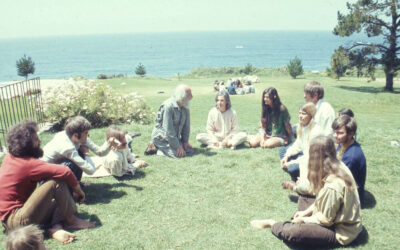

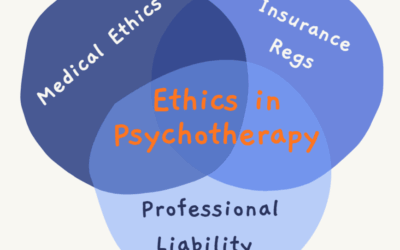




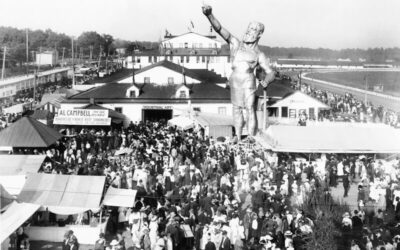
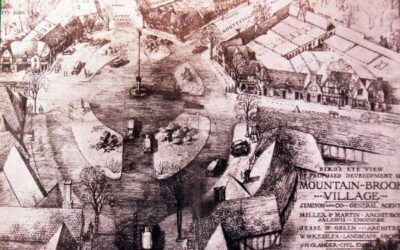
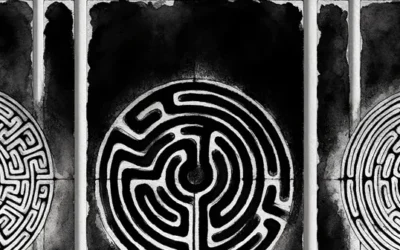
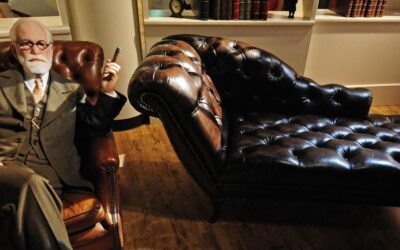




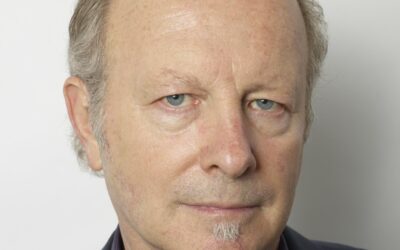






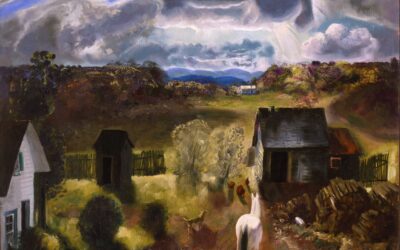
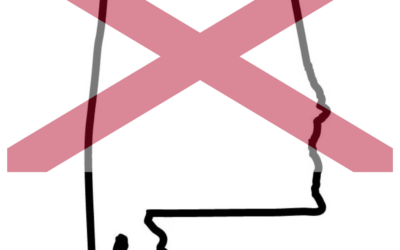
0 Comments